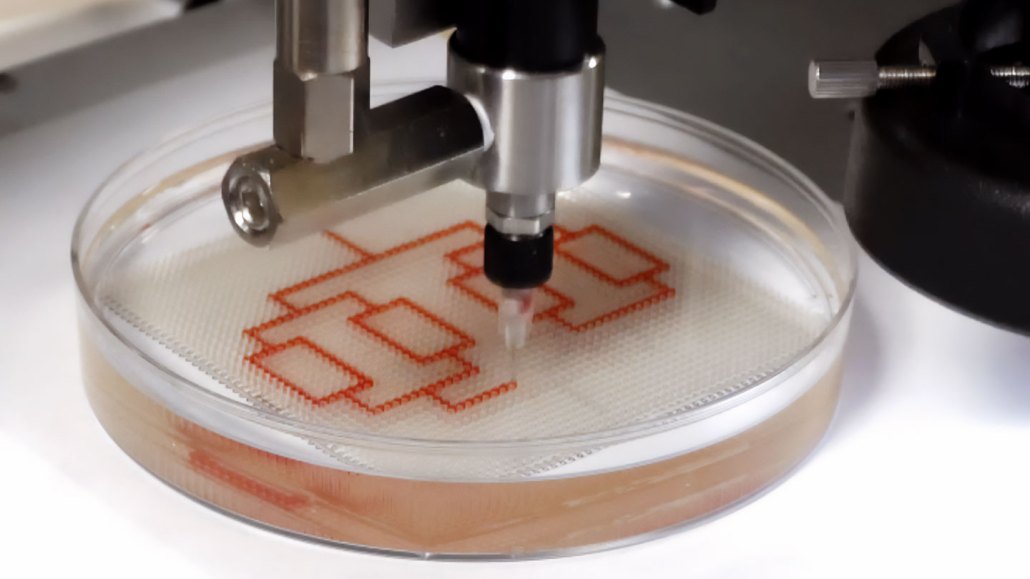Questions for ‘Drop by drop — a novel way to shape devices for studying liquids’

A dropper builds tiny channels for liquid, one orange droplet of water at a time. These channels can be easily configured, cut or changed. In this way, researchers can quickly adjust an experiment in real time.
Courtesy Xin Du